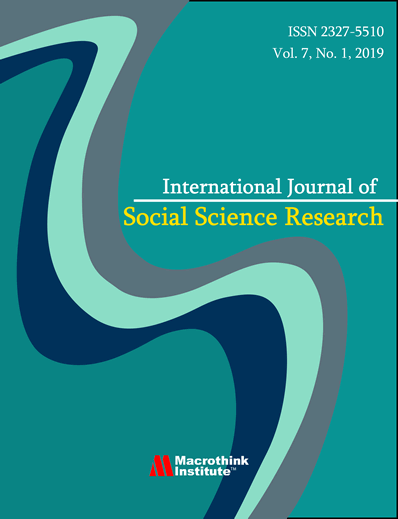The Different Learning Modes and Their Relation to Reading Comprehension Achievement Among ESL Tertiary Learners
DOI:
https://doi.org/10.5296/ijssr.v11i2.20985Abstract
Reading is an important language skill for second-language learners. Effective reading is essential for undergraduates to understand academic texts and become critical thinkers in identifying and evaluating opinions and arguments. This study examines students' achievement in reading tests conducted in three different modes: physical face-to-face, online and blended learning platforms. The selection of respondents was made using purposive sampling. The data for this study consist of secondary data obtained from 392 participants from three different faculties in a local university. The data were analyzed using the SPSS version 20 tool. The results indicate significant differences in teaching and learning modes and students' achievement in reading tests. The findings show that physical face-to-face mode produced the highest test scores, while blended learning produced the lowest test scores. Next, the findings also showed that girls performed better in reading tests than boys. This study suggests that face-to-face mode is still preferred in teaching and learning reading as students need the monitoring, interaction, attention, and discussion done in real-time learning in a physical classroom set-up compared to blended and online modes. Further research needs to be conducted, involving more samples, faculties, and private and public universities to examine if similar results prevail.

